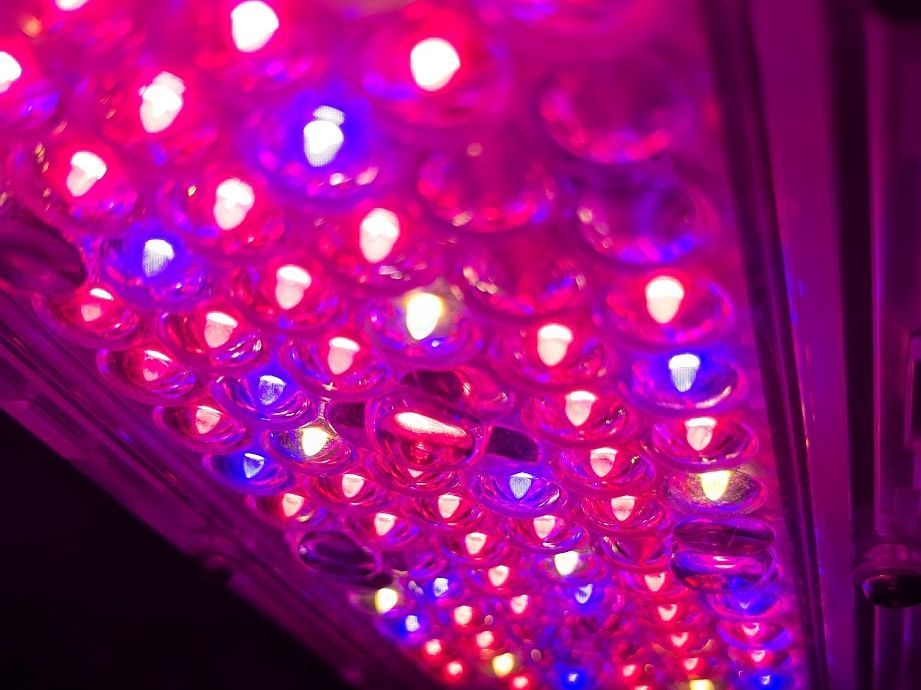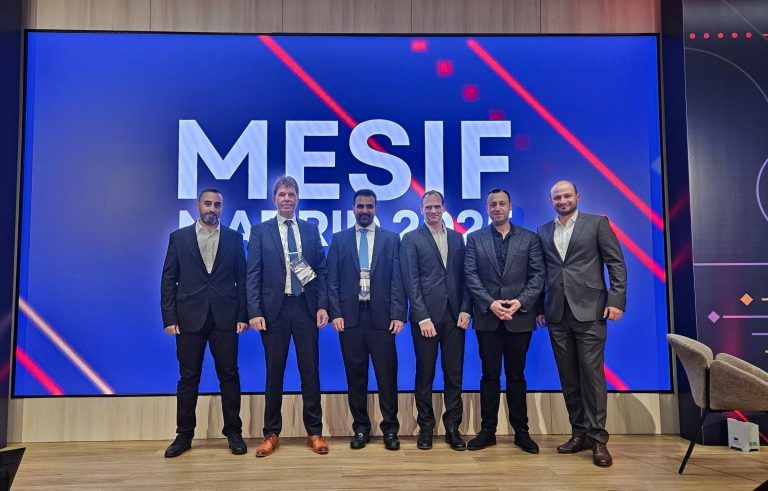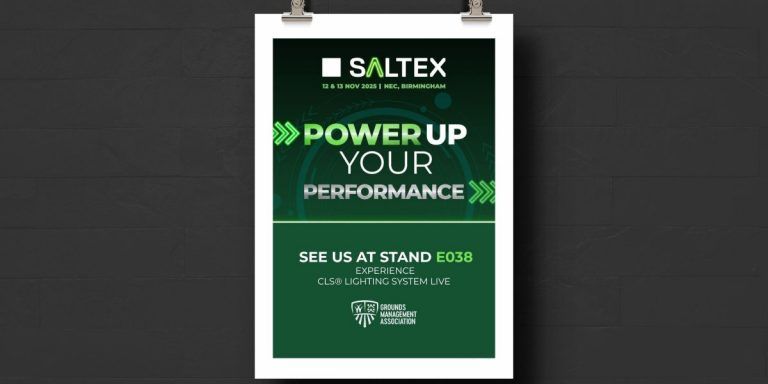
The architecture of modern stadiums puts heavy pressure on natural and hybrid turf. Closed roofs, shaded stands, intensive year-round use, and changing weather conditions all limit the amount of natural light that reaches the grass. Stadium managers and turf professionals face the challenge of maintaining healthy, resilient playing surfaces when sunlight is limited.
Modern LED turf lighting systems have become a crucial part of the solution. By providing light that closely replicates natural sunlight, they enable consistent turf growth, recovery, and regeneration even in low-light environments. However, not all turf lighting technologies perform equally, and not all wavelengths of light influence turf in the same way.
From HPS to LED – A New Era in Turf Lighting
For years, High Pressure Sodium (HPS) lamps were the standard for turf maintenance. Their reliable performance and infrared warmth helped dry wet pitches and encourage growth in colder climates. Their primary spectrum, in the yellow-orange range, is not optimised for photosynthesis, which functions best in the red and blue wavelengths and can only utilize the HPS spectrum to a limited extent.
In addition to serving as an energy source, the different light colours control various growth processes in the plant, adapted to the seasons and environmental conditions.
The shift to LED turf lighting systems has transformed how turf is managed. LEDs offer greater efficiency, longer lifespan, and, most importantly, precise control of these diverse growth processes, allowing for better adaptation to the diverse climatic conditions within the stadium. Unlike traditional lamps, some LEDs can target specific wavelengths, providing focused support for growth and recovery.
Furthermore, unlike HPS lamps, the light intensity of LEDs can be varied according to the intensity of sunlight, thus supplementing insufficient natural light at a reasonable cost (discharge lamps are not dimmable for technical reasons).
Early monochromatic LED systems often relied on limited “pink” light — a combination of red and blue wavelengths. While effective in some horticultural settings, it did not allow for targeted control of growth (branching, elongation, germination, etc.) or increased resilience and recovery of the turf.
Multi-channel LED systems, which can mix three or four colours, act more specifically on various parameters and thus represented an advance. However, even they could not replicate the full spectrum of natural sunlight, but comes close to it.
Complete Light Spectrum (CLS): Precision Through Science
Complete Light Spectrum (CLS) LEDs, developed and patented by Rhenac, represent a major leap forward. CLS systems recreate the full range of sunlight — from ultraviolet to infrared — with each wavelength individually adjustable. This allows the creation of tailored light recipes that reflect the time of day or season, or address specific recovery goals.
Why the Complete Light Spectrum Matters
While each wavelength has a specific function, turf requires the entire spectrum for balanced, sustainable growth. The ratio between wavelengths matters just as much as light intensity. With CLS, colour combinations can be finely tuned to achieve specific biological effects. Turf managers can use dedicated light programmes to match the season, grass species, or recovery phase.
This flexibility makes it possible to grow and maintain turf in fully artificial environments — even without natural sunlight — while achieving performance at elite venue level, as seen at the Santiago Bernabéu Stadium .
Engineering Progress in Turf Lighting
As turf lighting systems evolved, so did their construction. Modern rigs are now built from lightweight aluminium — corrosion-resistant, durable, and fully recyclable. Their reduced weight makes them easier to transport and position across the pitch, while maintaining the stability required for safe daily operation. This design focus on strength, handling, and sustainability ensures both long-term value and lower environmental impact.
Smart, Data-Driven Turf Lighting
As turf lighting systems evolved, so did their construction. Modern rigs are now built from lightweight aluminium — corrosion-resistant, durable, and fully recyclable. Their reduced weight makes them easier to transport and position across the pitch, while maintaining the stability required for safe daily operation. This design focus on strength, handling, and sustainability ensures both long-term value and lower environmental impact.
As technology advanced, turf lighting solutions became not only more efficient but also more intelligent, paving the way for truly data-driven turf care. This new stage of development is defined by integration and precision control. Modern systems such as CLS now include sensors and AI algorithms to monitor turf response — measuring temperature, NDVI, chlorophyll content, and more.
Remote diagnostics via GSM connectivity and usage tracking enable predictive maintenance, while smart scheduling adjusts light intensity to match daily photosynthetic demand (PPFD). Targeted infrared heating operates independently from LED channels, allowing precise thermal control without excess energy use. Together, these features represent the shift from static lighting to intelligent, responsive turf care.
The Future of Turf Lighting
Modern sports facilities have changed the way natural turf lives and grows. As stadiums evolve into multi-use venues hosting events and year-round fixtures, the need for intelligent turf light management has become essential.
From the early reliability of HPS lamps to the precision of LED systems, lighting has shifted from being a support tool to becoming a central element in turf science. The next step lies in understanding and applying full-spectrum technology, where light isn’t just a replacement for the sun — it’s a controllable, programmable tool that mirrors nature itself.



